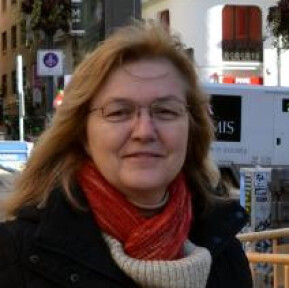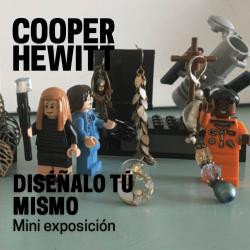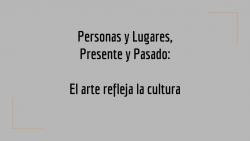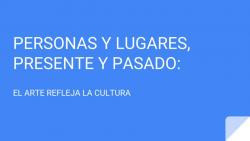Vicky Masson
Vicky Masson has 15+ years of experience teaching Spanish as a second language to students from PK to high school in the United States. Born in Argentina, she graduated from Escuela Nacional Superior en Lenguas Vivas “John F. Kennedy.” She also has a B.A. in Humanities and a Certificate of Diversity Awareness from University of Maryland University College in the United States.
Vicky and Marcela Velikovsky completed the 2018 Smithsonian Virtual Teacher Curricula Creation Opportunity fellowship with the Smithsonian Center for Learning and Digital Access (SCLDA). Her work with Marcela “People, Place and Time: How Art Reflects Culture” was awarded “Best of GWATFL” and they presented it at Northeast Conference on the Teaching of Foreign Languages (NECTFL) in February 2019. They also presented at PZ in Another Language, at Bullis School, and at ACTFL. In May 2019, they gave a webinar at the Smithsonian Learning Lab on "Global Competence Strategies for the World Language Classrooms."
Vicky has been a board member at Greater Washington Association of Teachers of Foreign Language (GWATFL) since 2017. She was designated as a #TeachSDGs Cohort 3 Ambassador 2019 and was selected for the Leadership Initiative for Language Learning (LILL) 2019-2020. She is passionate about education, professional development, and global competence. @VickyMasson21
Vicky Masson's collections
Diséñalo tú mismo: Mini exposición
 Vicky Masson
Vicky Masson
Using Authentic Resources: American Council on the Teaching of Foreign Languages 2019
 Vicky Masson
Vicky Masson
People, Place, & Time: American Council on the Teaching of Foreign Languages 2019
 Vicky Masson
Vicky Masson
People, Place, and Time: How Art Reflects Culture - Night of the Dead by Alan Crane
 Vicky Masson
Vicky Masson
People, Place, and Time: How Art Reflects Culture - Méndez v. Westminster 1947 - National Postal Museum
 Vicky Masson
Vicky Masson







